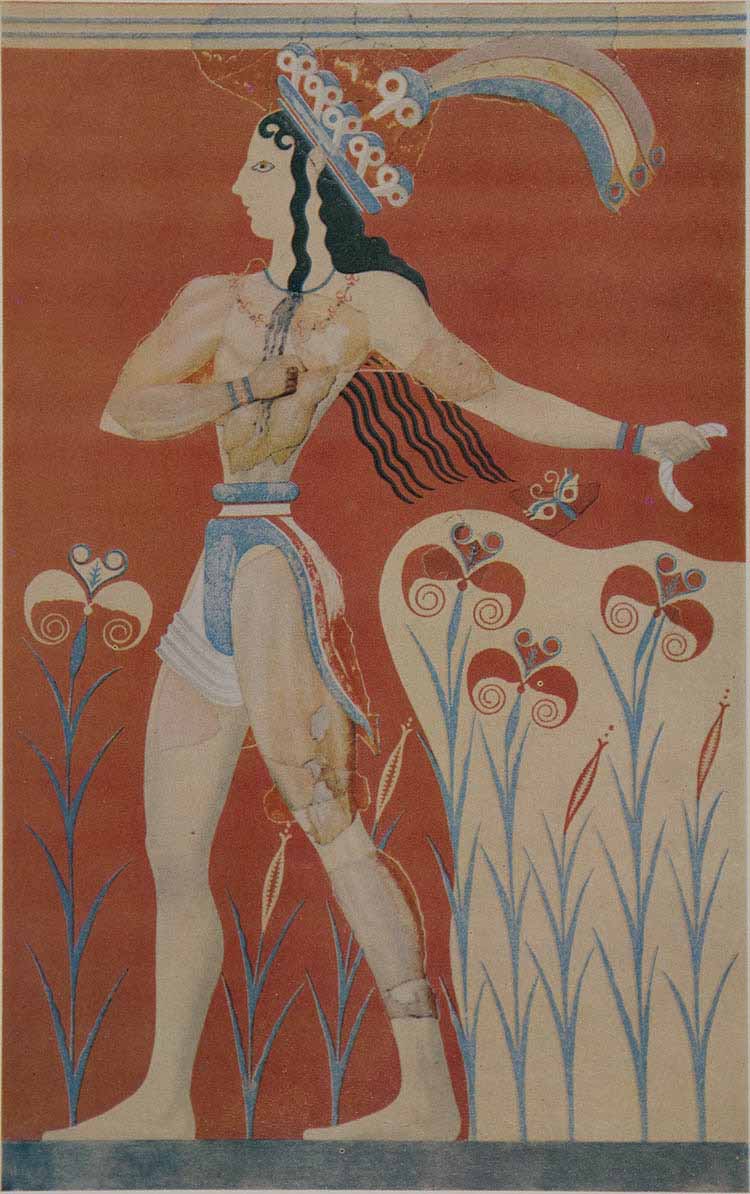

Many years after Mozart’s death, his wife Constanze mentioned her late husband’s favorite works. What she said will surprise many people:
“He was fond of Don Giovanni and The Marriage of Figaro, but perhaps most of all Idomeneo. He had wonderful memories of the time and circumstances of its composition.”
People who think they know and love Mozart are often amazed when they first discover Idomeneo. They have never heard Mozart sound quite like this.
The best known Mozart operas are comedies or have significant comic elements. Idomeneo is deadly serious in its subject: Can a father escape his terrible vow to sacrifice his own son?
No one would dream of suggesting that Mozart's comic operas are not profound, but they are different. Mozart himself called Idomeneo a Grand Opera. It reflects the lyrical singing tradition of Italian serious opera with strong dramatic influence from French reformed opera.
But do not imagine that Idomeneo is stark, archaic and formal. All the characters are delineated with familiar Mozartian humanity. It has a moving love story. When Ilia finally confesses to the bewildered Idamante "I love you, I adore you," you could pick a century out of a hat, and this would feel true.
As in Greek tragedy, the chorus has a central role, commenting on the action and representing the community, which is deeply affected by the hero's decisions. The great choral ode in Act 3, Oh voto tremendo, ranks with Mozart's most profound religious music.
Again as in Greek tragedy, Idomeneo has dancing, including an explicit ballet at the end.
The orchestra in Munich was the best in the world. Mozart knew the orchestra and was eager to write for it. He always liked to know the qualities of his singers before he wrote their arias, so he could suit the music to their character and abilities. The same can be said about his writing for this famous orchestra. He could ask them to play with a level of (almost violent) precision and nuance that was revolutionary. Of course Mozart himself conducted.
In Mozart's time, the symphonic tone poem did not yet exist, but passages in Idomeneo show that Mozart was a born master of the genre, painting with iridescent orchestral color. The circumstances of this opera inspired Mozart to enter a musical world that he never again had an opportunity to revisit.
Mozart was only 24 years old when he wrote Idomeneo. He knew this was a chance to do something really sensational, and he did it.
Our Production
The opera is set in ancient Greece, specifically on the island of Crete just after the Trojan War (very roughly 1200 BC.)
In Mozart's time, essentially nothing was known about the archaeology of this period, so the sets and costumes would be based on generic notions of antiquity.
In the late 19th century Heinrich Schliemann excavated Troy and Mycenae, the home of Agamemnon in the Iliad. In 1899, Sir Arthur Evans began his excavations at Knossos in Crete, revealing the extraordinary artistic riches of the Minoan world. During the 20th century numerous sites in Crete were excavated, and scholars can even read the inscribed clay tablets (in Linear B) from the latest phase of the palace at Knossos.
Today we know much more about the world in which a real King Idomeneo might have lived. Our production does not claim to be 100% historically accurate—we must in any case respect the libretto and certain conventions of the 18th century. But we can say that we have tried to take our inspiration directly from archaeology.
We believe that our production is unique in the way it sets the stage firmly in the Minoan and Mycenaean world.
Two of our sets directly reproduce the architecture and decoration of the Palace at Knossos.
The opening set for Act 1 recreates the so-called Queen's Megaron in the Domestic Quarter of the Palace. It is copied from a watercolor made by the excavators, which shows how they believed the apartment might have looked, based on archaeological evidence.
The final set for Act 3 is an almost full-scale copy of the facade of the Palace (facing the courtyard). This facade included a small shrine, which fits perfectly with the requirements of the opera.
For the harbor scene in Act 2, our backdrop reproduces a wonderful miniature fresco from the island of Santorini dating to about 1700 BC. This fresco shows ships in a harbor with a town at the side. This is not a "digital projection" but rather an image we printed on a very large scrim. The original miniature fresco is about 17 inches high. Our copy is about 17 feet high and over 80 feet wide! When you watch this scene, you will be looking at a picture of a harbor and town that was painted even before Idomeneo's time.
For the final ballet, a similar backdrop reproduces the famous "Toreador Fresco" from Knossos.
Our costumes are also inspired by the Minoan world, though not intended as historical reproductions.
Mozart wrote extended ballet music for Idomeneo, which unfortunately is almost always omitted from modern performances. Our production retains a significant portion of the ballet, which we believe is an essential element in the opera.